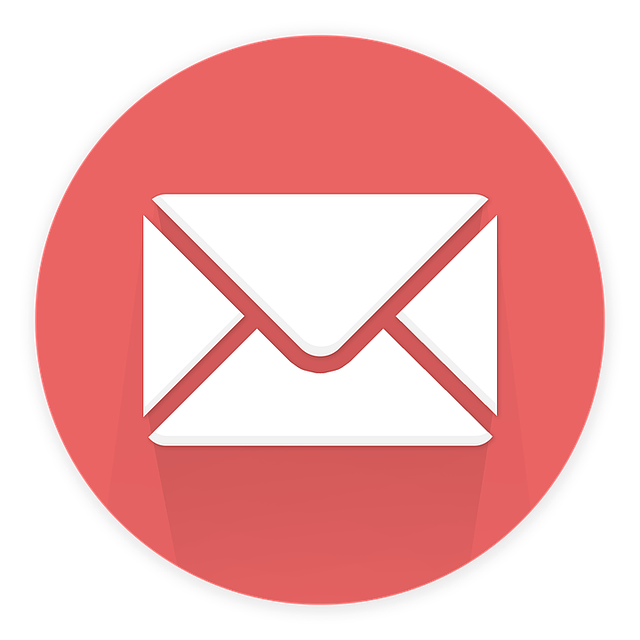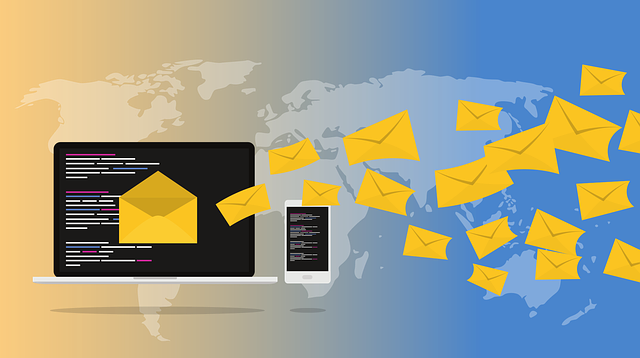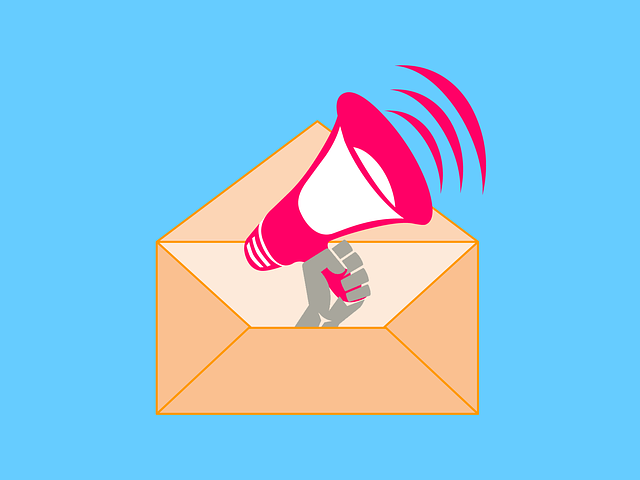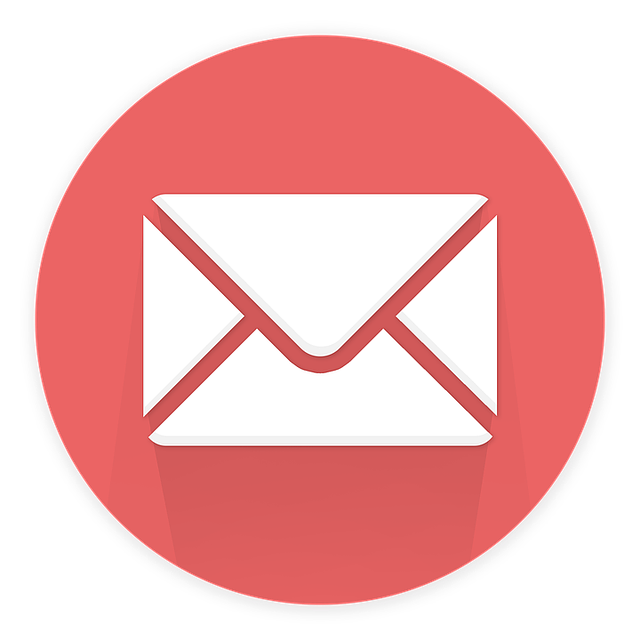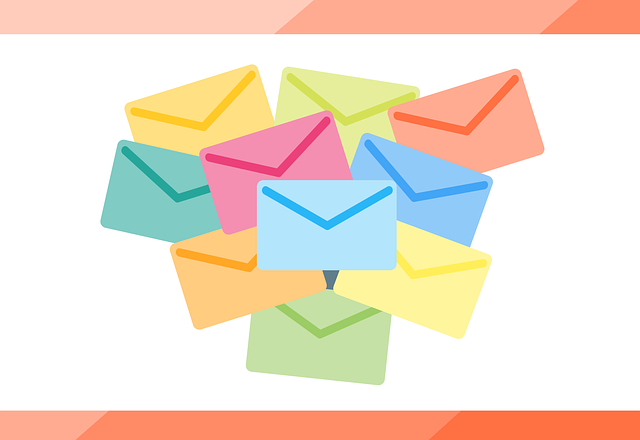In the ever-evolving landscape of education and e-learning, personalized communication has become a crucial element for student engagement. As an educator or e-learning professional, you understand the importance of reaching your audience in a way that resonates with them on a personal level.
That’s where email marketing comes in. By leveraging the power of email, you can deliver targeted messages that speak directly to the needs and interests of your students, ultimately fostering a stronger connection and driving better results.
However, email marketing in education comes with its own set of challenges. From ensuring deliverability to crafting compelling content, there are various obstacles to overcome.
But fear not, because in this article, we will explore strategies for effective email campaigns in education, as well as how to integrate email with other marketing channels. Get ready to discover the future of email marketing in education and e-learning, and unlock the full potential of your communication efforts.
Key Takeaways
- Personalized communication is crucial for student engagement in education and e-learning.
- Challenges in email marketing for education include deliverability, crafting compelling content, email accessibility and compliance, email overload and filtering, and privacy and data security concerns.
- Integrating email with other marketing channels in education can reach a wider audience and maximize campaign effectiveness.
- Leveraging personalization benefits and email automation can enhance the learning experience.
Importance of Personalized Communication in Education
You’ll find that personalized communication is of utmost importance in the field of education, as it allows for a more tailored and meaningful interaction with students.
In today’s fast-paced digital world, students are seeking a personalized learning experience that caters to their individual needs and preferences.
By incorporating personalized communication strategies, educators can create a learning environment that is engaging and impactful.
Personalized communication not only improves student communication but also fosters a sense of connection and understanding between educators and students.
With email marketing, educators have a powerful tool at their disposal to deliver personalized messages, announcements, and updates directly to students’ inboxes.
By leveraging email for student engagement, educators can enhance the learning experience, provide timely support, and create a sense of community within the virtual classroom.
Leveraging Email for Student Engagement
If you want to effectively engage your students, email can be a powerful tool.
By using email, you can promote your online courses and resources, making sure that students are aware of the valuable content you have to offer.
Additionally, you can encourage interaction and collaboration by sending out emails that foster discussion and group work.
Lastly, email can be a great way to send reminders and updates, helping students stay on track and informed about important deadlines or changes in the course.
Promoting Online Courses and Resources
Enroll in our online courses and unlock a world of knowledge and resources that will ignite your learning journey like fireworks in the night sky. Whether you’re a student looking to expand your horizons or a professional seeking to enhance your skills, our courses and resources are designed to meet your unique needs. Take a look at the table below to get a glimpse of what we offer:
| Course Promotion | Online Learning Resources |
|---|---|
| Interactive Webinars | E-books and research papers |
| Personalized Learning Paths | Video tutorials and demos |
| Specialized Certifications | Discussion forums |
| 24/7 Access to Materials | Quizzes and assessments |
With our wide range of course promotions and online learning resources, you’ll have everything you need to succeed in your educational journey. And that’s not all. We also believe in the power of collaboration and interaction. So, stay tuned for the next section, where we’ll show you how we encourage meaningful engagement among our learners.
Encouraging Interaction and Collaboration
By fostering a collaborative environment, we cultivate meaningful interaction among our learners, promoting a richer educational experience.
To further encourage interaction and collaboration, we can incorporate gamification strategies and social media integration into our email marketing campaigns in education and e-learning. Gamification strategies, such as quizzes, challenges, and leaderboards, can motivate learners to actively participate and engage with the content.
Additionally, integrating social media platforms allows learners to connect with each other, share their progress, and collaborate on group projects. By leveraging these techniques, we can create a dynamic and interactive learning community that fosters collaboration and enhances the overall learning experience.
Moving forward, we will explore how to effectively send reminders and updates to keep learners informed and engaged.
Sending Reminders and Updates
Stay informed and engaged with our latest updates and reminders, ensuring that you never miss a beat in your educational journey.
We understand that it can be easy to overlook important dates and deadlines, which is why we have implemented an automated reminder system. This system sends timely emails to keep you on track with assignments, exams, and other important events.
But it doesn’t stop there. We also measure email engagement to ensure that our reminders are effective and reaching you in the most efficient way possible. By analyzing open rates and click-through rates, we can tailor our communication to better suit your needs.
Stay tuned for the next section where we will discuss overcoming challenges in email marketing for education, because staying connected is just the first step towards success.
Overcoming Challenges in Email Marketing for Education
When it comes to email marketing for education, there are several challenges that you need to overcome.
One of them is ensuring email accessibility and compliance, making sure that all students can easily access and understand the content of your emails.
Another challenge is managing email overload and filtering, as students are often bombarded with a large volume of emails, making it difficult for your messages to stand out.
Lastly, addressing privacy and data security concerns is crucial in order to gain the trust of your students and ensure that their personal information is safe.
Ensuring Email Accessibility and Compliance
Immerse yourself in the world of email marketing in education and e-learning by ensuring that your emails are accessible and compliant, allowing your message to reach all learners like a gentle breeze that effortlessly carries knowledge to their fingertips.
Email accessibility is crucial in ensuring that all recipients, including those with visual or hearing impairments, can fully engage with your content. By adhering to compliance requirements, such as following accessibility guidelines and anti-spam regulations, you can guarantee that your emails are not only inclusive but also legally sound.
As you navigate the challenges of email marketing in education, it’s important to remember that accessibility and compliance go hand in hand, creating a seamless experience for your audience.
Now, let’s explore the next section about managing email overload and filtering, where you can learn effective strategies to streamline your communication.
Managing Email Overload and Filtering
Tackle the overwhelming influx of messages by implementing effective email filters and organizational strategies. Here are four ways to manage your email overload and keep your inbox organized:
-
Use filters to automatically sort incoming emails into different folders based on criteria like sender, subject, or keywords.
-
Set up priority flags or labels to quickly identify and respond to important messages.
-
Unsubscribe from unnecessary mailing lists or newsletters to reduce the number of incoming emails.
-
Schedule dedicated time blocks to check and respond to emails, rather than constantly interrupting your workflow.
By implementing these email organization and inbox management techniques, you can regain control over your email flow and stay focused on your most important tasks.
Now, let’s address privacy and data security concerns to ensure your email communications are protected.
Addressing Privacy and Data Security Concerns
To protect your sensitive information and safeguard your privacy, it’s crucial to implement robust security measures and stay vigilant against potential data breaches and cyber threats. One effective way to address privacy and data security concerns in email marketing for education and e-learning is through email encryption. By encrypting your emails, you can ensure that only the intended recipients can access the content, making it difficult for unauthorized individuals to intercept and read the messages. Additionally, implementing data protection measures such as secure servers, firewalls, and regular software updates can further enhance the security of your email marketing campaigns. By prioritizing privacy and data security, you can build trust with your audience and protect their personal information. This sets the foundation for effective email campaigns in education, which we will discuss in the next section.
Strategies for Effective Email Campaigns in Education
Engage your students with visually appealing email campaigns in education and e-learning. Personalization techniques and email analytics can help you create effective email campaigns that resonate with your audience.
By tailoring your content to the individual interests and needs of your students, you can capture their attention and drive engagement. Use dynamic content and personalized subject lines to grab their attention right from the start.
Additionally, leverage email analytics to track open rates, click-through rates, and overall campaign performance. This data will provide valuable insights into what resonates with your students and enable you to continuously optimize your campaigns.
To take your email marketing to the next level, consider integrating email with other marketing channels in education. This will allow you to reach students through multiple touchpoints and create a cohesive marketing strategy that maximizes your impact.
Integrating Email with Other Marketing Channels in Education
Now that you’ve learned about effective email campaign strategies in education, it’s time to take your email marketing efforts to the next level. By integrating email with other marketing channels, you can reach a wider audience and maximize your campaign’s effectiveness. Here are four ways to seamlessly integrate email with other channels:
-
Social Media: Use social media platforms to promote your email campaigns and encourage followers to subscribe.
-
Website: Embed email subscription forms on your website to capture leads and grow your subscriber list.
-
Content Marketing: Incorporate email automation into your content marketing strategy to deliver personalized and timely emails to your audience.
-
Analytics: Use analytics tools to measure the success of your email campaigns and make data-driven decisions for future improvements.
By implementing these integration strategies and measuring email campaign success, you’ll be well-prepared for the future of email marketing in education and e-learning. Moving forward, let’s explore the exciting possibilities that lie ahead.
The Future of Email Marketing in Education and E-learning
Imagine a world where personalized communication seamlessly connects students, educators, and institutions, revolutionizing the way we learn and grow together.
The future of email marketing in education and e-learning holds immense potential for achieving this vision. By leveraging personalization benefits and email automation, educational institutions can deliver targeted and relevant content to students, enhancing their learning experience.
Through personalized emails, students can receive tailored recommendations, reminders, and updates based on their individual needs and preferences. Email automation allows institutions to streamline communication processes, saving time and resources while ensuring timely and consistent messaging.
Moreover, email marketing enables educational institutions to nurture relationships with students, promoting engagement and fostering a sense of community. As technology continues to advance, email marketing will play a crucial role in shaping the future of education by creating a more personalized and connected learning environment.
Frequently Asked Questions
How can personalized communication in education improve student engagement and learning outcomes?
Improve student engagement and learning outcomes with personalized communication in education.
By providing tailored feedback and incorporating gamification in emails, you can captivate students’ attention and enhance their learning experience.
Alluding to their interests and achievements will make them feel valued and motivated.
Use active voice and contractions to create a friendly and approachable tone.
This concise and strategic approach will ensure that students stay engaged and get the most out of their educational journey.
What are some effective strategies to overcome challenges in email marketing for education, such as low open rates or high unsubscribe rates?
To improve email deliverability and increase click-through rates, focus on improving your email subject lines and personalizing your content.
Craft subject lines that are compelling and relevant to your audience, encouraging them to open the email.
Personalize the content by addressing recipients by name and tailoring the message to their specific interests or needs.
Additionally, segment your email list to send targeted messages to different groups, ensuring that the content is relevant and valuable to each recipient.
How can educational institutions leverage email to increase student engagement and foster a sense of community?
Want to skyrocket student engagement and create a tight-knit community? Get ready for the ultimate email revolution!
With cutting-edge email automation, you can provide personalized support to students like never before. Tailor each message to their unique needs, boosting their motivation and success.
But that’s not all! Email newsletters aren’t just for students – they’re also a powerful tool for engaging parents. Keep them in the loop and foster a strong partnership for the ultimate educational experience.
Get ready to take email marketing to the next level!
What are some best practices for creating effective email campaigns in the education sector, considering the unique needs and preferences of students?
To create effective email campaigns in the education sector, it is important to focus on two key aspects: effective email personalization and optimizing email design for mobile devices. Personalization allows you to tailor the content of your emails to individual students, increasing their engagement and interest. This can be achieved by using their names, referring to their specific interests or achievements, and providing relevant and personalized recommendations or resources.
Additionally, it is crucial to optimize your email design for mobile devices. Most students use their smartphones or tablets to access their emails, so it is important to ensure that your emails are easily readable and navigable on smaller screens. This can be done by using responsive email templates, keeping your email layout simple and clean, and using a legible font size.
Another important factor to consider is the language you use in your emails. Students are often bombarded with emails, so it is important to capture their attention quickly and effectively. Using concise and persuasive language can help you convey your message in a clear and compelling way. Avoid using jargon or complex language that may confuse or alienate your audience.
By following these best practices, you can enhance student engagement and foster a sense of community within the education sector.
How can email be integrated with other marketing channels, such as social media or content marketing, to enhance the overall marketing strategy in education?
To enhance your overall marketing strategy in education, it’s crucial to integrate email with social media and content marketing.
By leveraging social media integration, you can reach a wider audience and engage with students on platforms they regularly use.
Additionally, combining email with content marketing creates a synergistic effect, allowing you to provide valuable information and resources directly to students’ inboxes.
This integrated approach maximizes your reach, boosts engagement, and ultimately enhances your marketing efforts in the education sector.
Conclusion
In conclusion, the future of email marketing in education and e-learning is promising. By leveraging personalized communication, schools and institutions can enhance student engagement and improve overall communication. Despite the challenges, such as inbox clutter and spam filters, there are effective strategies that can be implemented to ensure successful email campaigns.
For example, a recent case study revealed how a university increased student enrollment by 20% through targeted email campaigns that showcased their unique programs and benefits. By integrating email with other marketing channels, such as social media and content marketing, educational institutions can create a cohesive and impactful marketing strategy.
The future holds even more potential for email marketing in education, as advancements in automation and personalization continue to evolve, allowing for even greater student engagement and success.


